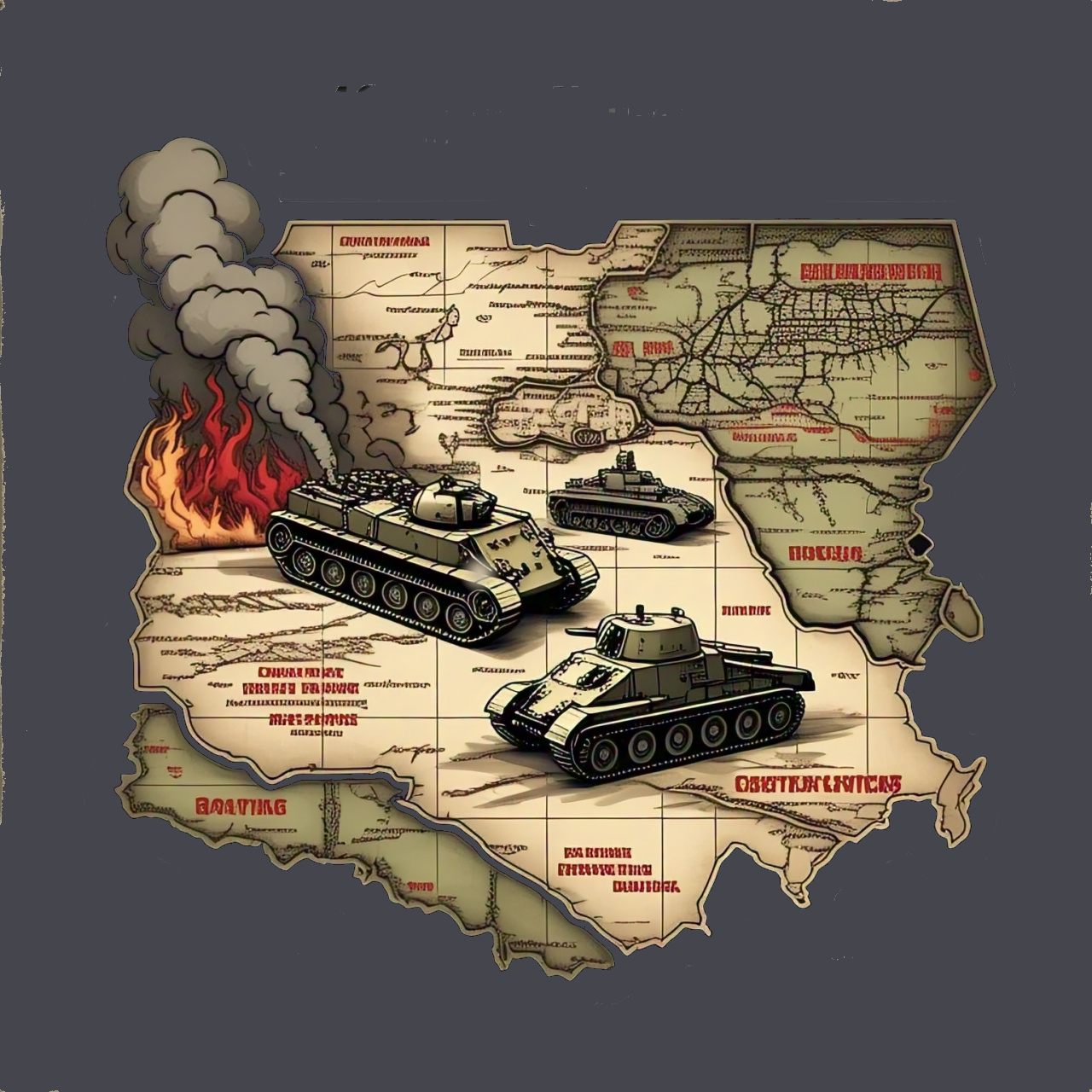24th Panzer Division
The 24th Panzer Division (24. Panzer-Division) formed in France in February 1942 largely from the former 1st Cavalry Division, which had fought as a brigade in Poland and as a division in France and in the early stages of the Russian campaign. Transferred to the Southern Russian front in the summer of 1942 and virtually destroyed at Stalingrad.

Commanders
Generalleutnant Bruno Ritter von Hauenschild, from 15th April 1942 to 12th Sept 1942

Generalleutnant Bruno Ritter von Hauenschild, while commanding the 16th Panzer Division, demonstrated exceptional leadership during critical World War II campaigns. His strategic acumen was evident in operations on the Eastern Front, where his division played a pivotal role. Hauenschild’s command highlighted his ability to adapt and excel in challenging wartime scenarios, solidifying his military reputation.
Generalleutnant Arno von Lenski, from 12th September 1942 to 1st March 1943

Generalleutnant Arno von Lenski, a German officer, commanded the 24th Panzer Division during World War II’s Battle of Stalingrad. Captured by Soviet forces, he later joined the National Committee for a Free Germany. Lenski’s post-war career included serving in East Germany’s National People’s Army, reflecting his complex and transformative military journey.
Units
- 24 Panzer Regiment
- 24 Panzergrenadier Brigade
- 21 Panzergrenadier Regiment
- 26 Panzergrenadier Regiment
- 40 Panzer Reconnaissance Battalion
- 89 Artillery Regiment
- 40 Panzer Pionier Battalion
- 40 Anti-Tank Battalion
- 40 Signal Battalion
Auxiliary unit number 40
Home Station I
Locations
History
The 24th Panzer Division, formed in 1942 from the 1st Cavalry Division, was a key German armored unit. It participated in Operation Barbarossa, advancing through the Soviet Union, and played a significant role in the Battle of Stalingrad.
Encircled and destroyed in Stalingrad, the division was reformed in 1943, continuing to fight on multiple fronts. It saw action in Normandy, Italy, and the Eastern Front, enduring heavy casualties in battles like Târgu Frumos. The division’s history reflects its transformation from cavalry origins to a mechanized force, showcasing its adaptability and resilience during World War II’s tumultuous campaigns.
Gallery













Other blog categories that may be of interest. 10mm ACW Project, 10mm AWI Project, 10mm AZW Project, 10mm CGW Project, 10mm FIW Project, 10mm Sci-Fi Projects, Aliens, Dropzone Commander, Terra Nova, 10mm WWI Project, 10mm WWII Project, 10mm Zombie Project, Battle Reports & Scenarios, Making Scenery & Terrain, Painting Guides, Shows & Events, Solo Wargaming, Wargaming Projects, Wargaming Rules.


Leave a Reply